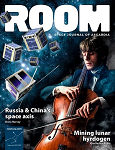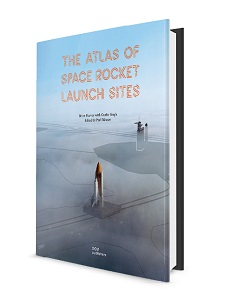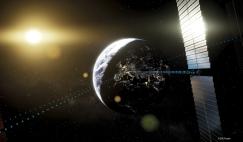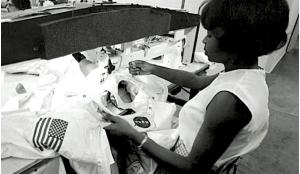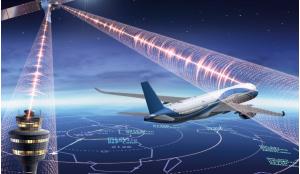Space launch sites are often on the ‘bucket lists’ of space aficionados, but even professionals rarely get the chance to see a rocket launch first-hand. For one thing, the sites are in hard to reach places, mainly for safety reasons; for another, access is often restricted to those who really need to be there. Those of us lucky enough to have visited a few of these special locations know how remote some of them are, but how the time and effort to do so is often rewarded. This book offers the armchair rocket connoisseur the opportunity to get inside these establishments without a gate pass (and hours of uncomfortable travel) thanks to its impressive photography and useful maps.
In typical atlas style, the launch sites are grouped into geographical regions: the Americas; Balto-Mediterranean; Eurasia; Indo-African; and Asia-Pacific. Cape Canaveral, as the chapter title suggests, is ‘The World’s Best-known Launch Centre’, but it is to the credit of the authors that coverage of the Florida site does not dominate. That said, the Cape is probably the most accessible launch site thanks to American tourism, which dates back to the 1960s in this case. Photographic coverage is an interesting mix of historic and modern, facilities and technology, and an early monochrome view of the Kennedy Space Center ‘rocket garden’ shows how things have progressed since the 1960s.
The Baikonur Cosmodrome, in Kazakhstan, marks the cradle of Soviet/Russian space exploration as the place that “Sputnik and Gagarin left the Earth behind”. It is somewhat ‘off the beaten track’, but has been something of a haunt for serious space journalists, especially since the end of the Cold War. The same could be said for Europe’s launch site in French Guiana (though minus the Cold War reference) and it is ably covered in this book. It is perhaps the scope of the sites in China and India that will impress and educate readers the most, not least because the images depict facilities that equal those in the West.
Arguably, the book is a little ‘history-heavy’, giving the impression that the launch industry ceased its development sometime in the last century. That said, it does include a section on Vostochny and Wenchang, respectively the newest launch sites in Russia and China; and, admittedly, it’s hard to illustrate the ‘potential’ of all the launch vehicles promised by NewSpace companies.
The book is very well illustrated, but it suffers in a few places from the book-binding dilemma of the centrefold; when will book designers realise that rockets and launch pads nicely centred in publishing software end up disappearing into the nether regions of the hinge-line? All in all, though, a nice one for those creaking bookshelves and a useful resource for those bucket lists.


